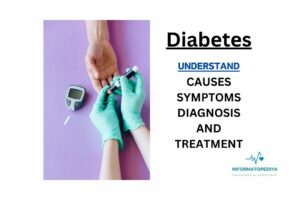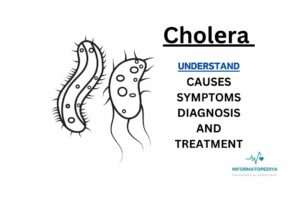
Table of Contents
8th Common Male Health Related Condition
The 8th Most Prevalent Male Health Condition: Understanding and Addressing the Silent Epidemic
Introduction:
Men’s health is a topic that deserves greater attention and understanding in today’s society. While much progress has been made in raising awareness about various health conditions affecting men, there are still many issues that remain overlooked. In this article, we will explore the 8th most prevalent male health condition, shedding light on its causes, symptoms, and potential treatments. By understanding these conditions, we can encourage men to prioritize their health and seek appropriate medical attention when needed.
1. Erectile Dysfunction (ED):
Erectile Dysfunction, commonly referred to as ED, is a condition characterized by the inability to achieve or maintain an erection sufficient for sexual intercourse. It affects millions of men worldwide and can have a profound impact on their quality of life and intimate relationships. While ED can occur at any age, it becomes more prevalent as men get older, with various factors contributing to its development, including lifestyle choices, chronic illnesses, and psychological issues. Treatment options range from medication and therapy to lifestyle changes and surgery.
2. Prostate Cancer:
Prostate cancer is the second most common cancer among men globally and the eighth most prevalent male health condition. It develops in the prostate gland, which is responsible for producing seminal fluid. Age, family history, and ethnicity are among the risk factors for prostate cancer. Regular screenings, such as prostate-specific antigen (PSA) tests, can aid in early detection. Treatment options for prostate cancer include surgery, radiation therapy, hormone therapy, and chemotherapy, depending on the stage and aggressiveness of the cancer.
3. Testicular Cancer:
Although relatively rare, testicular cancer is the most common cancer in young men aged 15 to 35. It typically manifests as a painless lump or swelling in one or both testicles. Early detection is vital for successful treatment, which may involve surgical removal of the affected testicle, followed by radiation or chemotherapy if necessary. Testicular self-exams and routine medical check-ups are crucial for detecting any abnormalities.
4. Benign Prostatic Hyperplasia (BPH):
Benign Prostatic Hyperplasia, or BPH, refers to the non-cancerous enlargement of the prostate gland, which commonly occurs as men age. It can lead to urinary symptoms, such as frequent urination, weak urine flow, and the urge to urinate at night. Lifestyle changes, medication, and minimally invasive procedures are available to manage BPH symptoms. In severe cases, surgery may be required to remove or reduce the size of the prostate gland.
5. Male Infertility:
Infertility affects both men and women, and it is estimated that male factors contribute to about 40% of infertility cases. Causes of male infertility include low sperm count, poor sperm motility, and abnormal sperm morphology. Lifestyle factors, medical conditions, hormonal imbalances, and genetic factors can all impact male fertility. Treatments range from lifestyle modifications, medication, and surgery to assisted reproductive techniques, such as in vitro fertilization (IVF).
6. Depression and Suicide:
Mental health is a critical aspect of overall well-being, and men often face unique challenges in seeking help and support. Depression, anxiety, and stress-related disorders can significantly impact men’s mental health, leading to a higher risk of suicide. Societal expectations, reluctance to seek help, and limited access to mental health services are some of the factors that contribute to this issue. Encouraging open dialogue, promoting mental health awareness, and providing accessible mental health resources are crucial steps in addressing this health concern.
7. Cardiovascular Disease:
Cardiovascular disease remains the leading cause of death among men globally. Risk factors such as high blood pressure, high cholesterol, smoking, poor diet, sedentary
lifestyle, and obesity contribute to its development. Preventive measures include regular exercise, a balanced diet, smoking cessation, and routine check-ups to monitor blood pressure and cholesterol levels. Prompt medical intervention can help manage and reduce the risk of cardiovascular disease.
8. Type 2 Diabetes:
Type 2 diabetes is a metabolic disorder characterized by high blood sugar levels resulting from insulin resistance. Men are particularly susceptible to this condition due to factors such as obesity, sedentary lifestyles, and poor dietary habits. Regular physical activity, a healthy diet, weight management, and medication can help manage type 2 diabetes. Early diagnosis and proactive management are crucial in preventing complications associated with this chronic condition.
Conclusion:
While the 8th most prevalent male health condition may vary depending on regional and demographic factors, the aforementioned conditions highlight some of the most significant health concerns affecting men today. By increasing awareness, promoting early detection, and advocating for accessible healthcare, we can work towards improving men’s health outcomes. Encouraging men to prioritize their well-being, seek medical advice, and address health issues promptly can contribute to a healthier, happier male population. Together, we can combat the silent epidemic and foster a culture of proactive healthcare for men.






